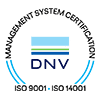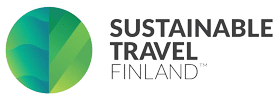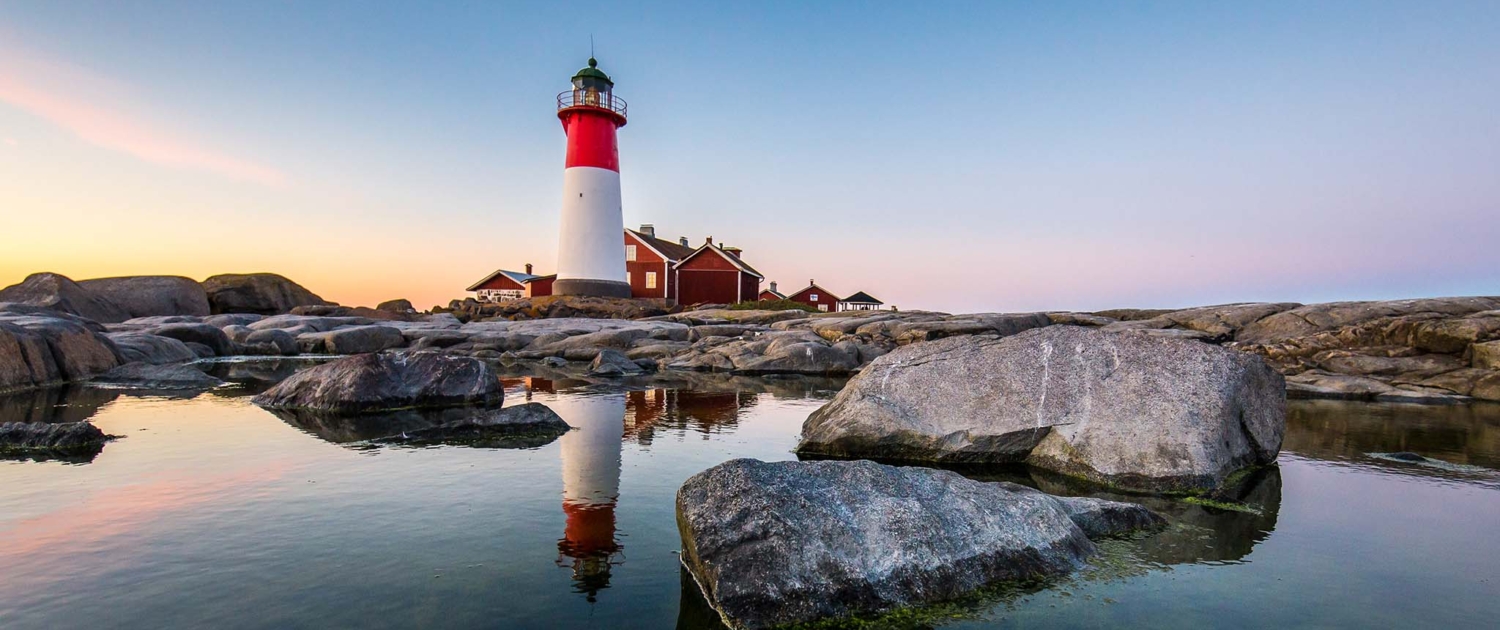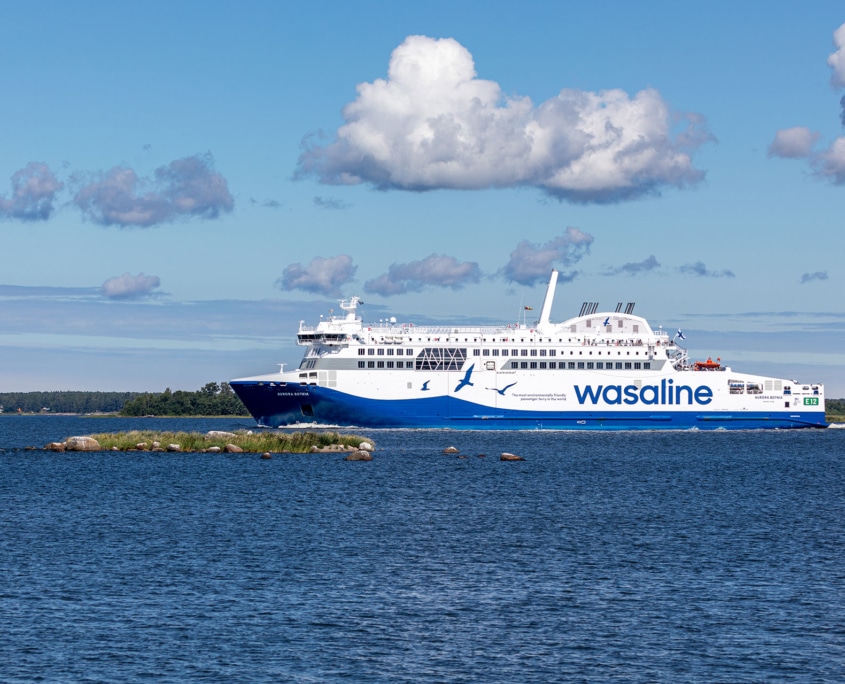Wasaline is the world’s most warmhearted shipping company and a great example of northern maritime know-how. We make life a dash better.
We provide cruise experiences that are greater than our size and we are the smartest cargo solution for Kvarken’s logistics. We take care of our customers, our staff and the environment. Flexibility is one of our strengths.
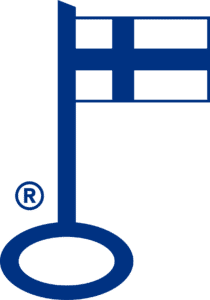
Wasaline has received the certification standards ISO 9001 and ISO 14001. Read more →
Wasaline’s sustainability policy and practice
The sustainability policy of Wasaline entails the entire organization and our way of working. Environmental, social, local and economical sustainability is our company’s primary goal. We want our customers to see this as they are enjoying our services.
